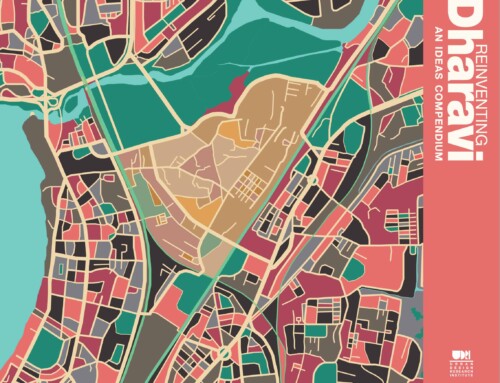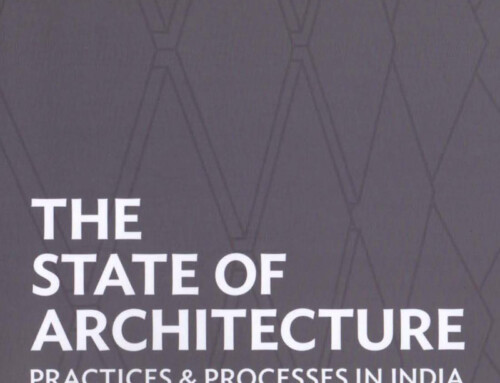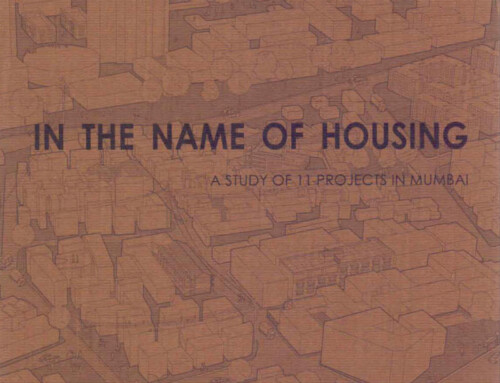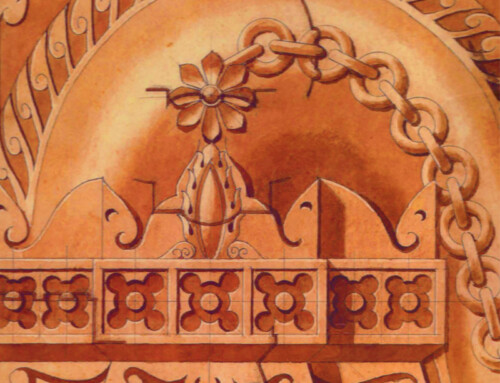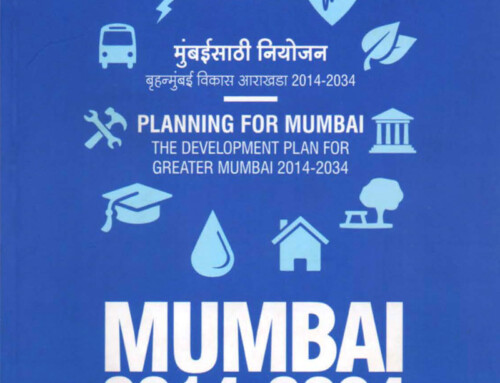Project Description
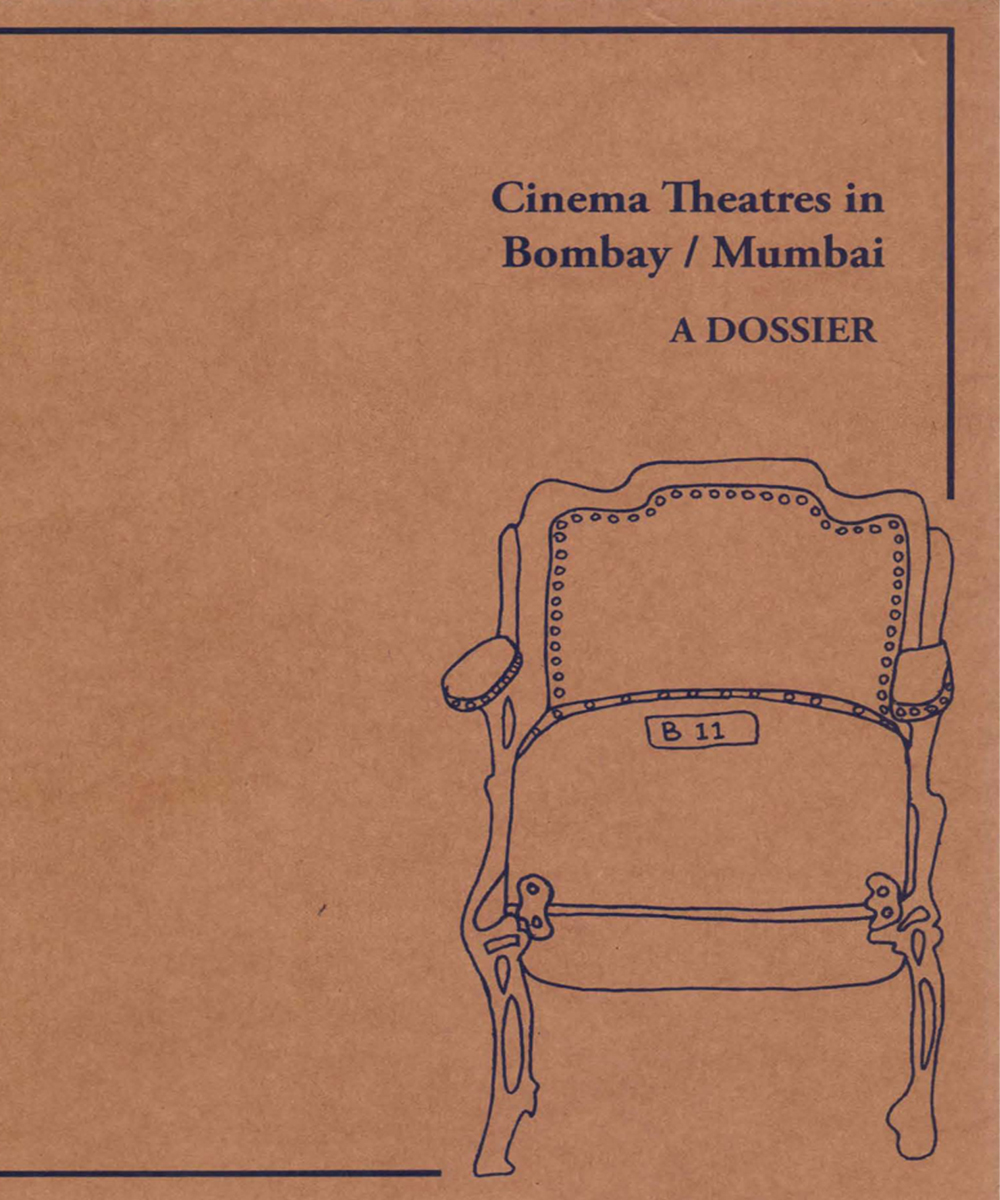
Cinema Theatres in Bombay/Mumbai
A DOSSIER
“Cinema Theatres in Bombay/Mumbai: A DOSSIER” is available for reference and purchase at UDRI Resource Centre.
INTRODUCTION
In this dossier we have documented the locational, cultural and architectural history of cinema theatres of Bombay / Mumbai through the 20th century and have traced its essential role in consolidating the urban public culture, in terms of shared spaces and facilities. The dossier also carries detailed documentation of formal and informal livelihood practices that survive in the vicinity of cinema theatres and memoirs of people regarding their deep bonding, or even the absence of it, with neighbourhood cinema theatres. In the last section we have illustrated how the cinema theatres, by definitions prescribed under DRC no. 67 (Development Control Regulations for Greater Mumbai 1991 ), are entitled to be regarded as culturally significant and / or heritage buildings / sites.
The research, documentation and arguments presented in this dossier are developed through years of fieldwork commenced by Majlis Cultural Centre and Urban Design Research Institute (UDRI). Majlis, in collaboration with KRVIA (Kamla Raheja Vidyanidhi Institute of Architecture and Environmental Studies) has been leading a large scale research art project titled Cinema City since 2008. The project comprises of research, archiving, dissemination and production of documentary films, public art installations and analytical texts on various configurations of cinema and the city, in the context of Bombay / Mumbai. The project has been shared with the larger public through exhibitions at National Gallery of Modern Art in Mumbai, Delhi and Bengaluru; telecast of films on Doordarshan; publications of text books and a post graduate certificate course with SNDT Women’s University. Most part of the texts in this dossier have come out of this parent project. On the other hand, UDRI has been leading various civil society initiatives regarding protection of built environments and the improvement of urban communities since its inception in 1983. It provides a forum promoting interaction between architects, urban designers and professionals from related fields such as economics, sociology, planning, conservation and history. UDRI has initiated a public participatory process to support the Municipal Corporation of Greater Mumbai in its preparation of the new Development Plan.
Majlis and UDRI have edited this dossier in order to put forth an argument for the protection of certain single screen neighbourhood cinema theatres in Greater Mumbai. We hope that such a provision gets a place in the forthcoming DP.
TABLE OF CONTENTS
- Introduction
- Urban Public and Culture of Cinema
- An Imaginary Cinema Lane
- Profiles on Neighbourhood Cinema Theatres
- Contours of Cinema Theatres and Bombay City
- Rise and Fall of Cinema Theatres: the 20th Century Listing
- Rehabilitation of Cinema Theatres in Post Industrial Mumbai
- Mapping Single Screen Cinema Theatres: 1911 to 2001

